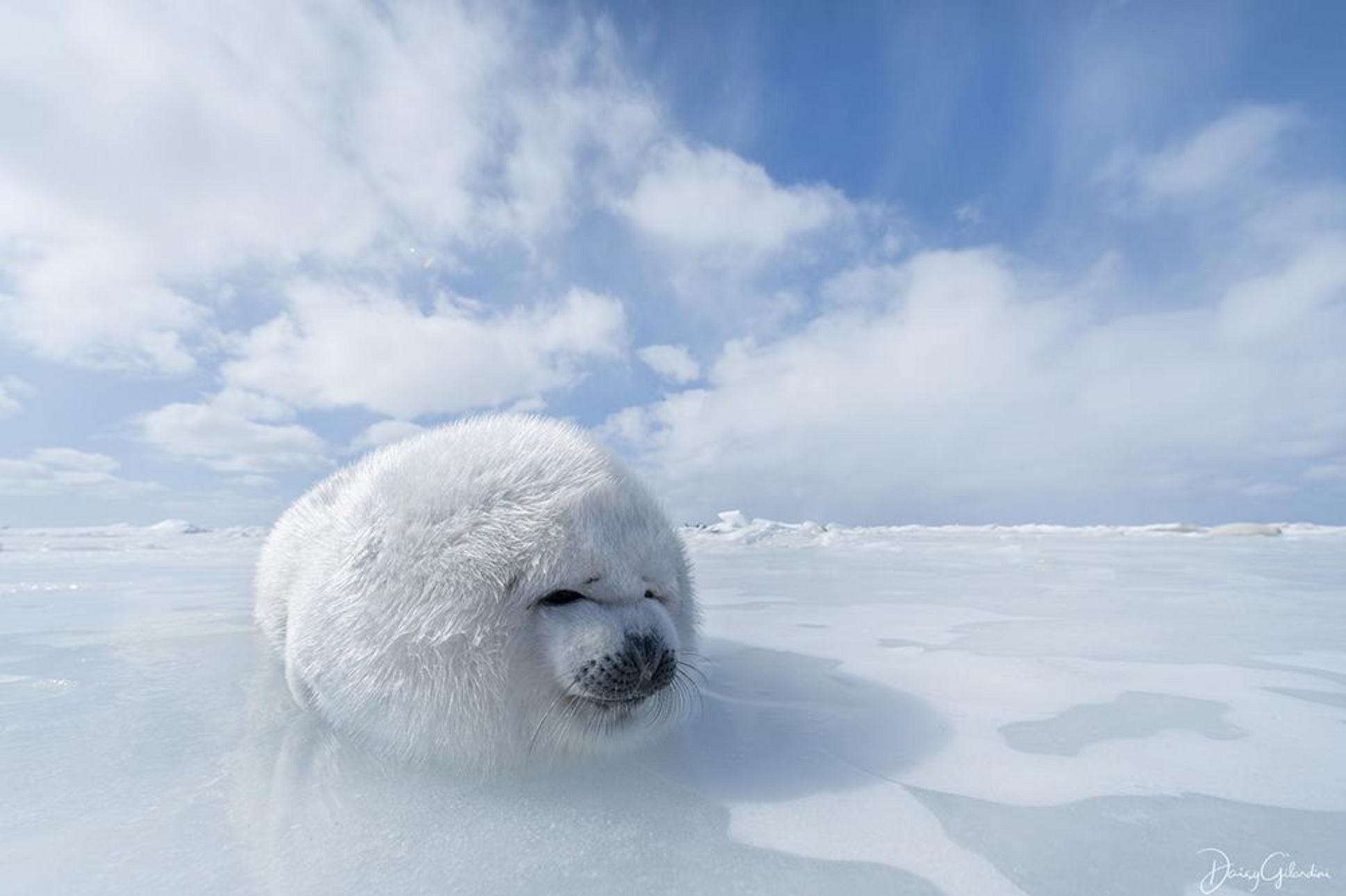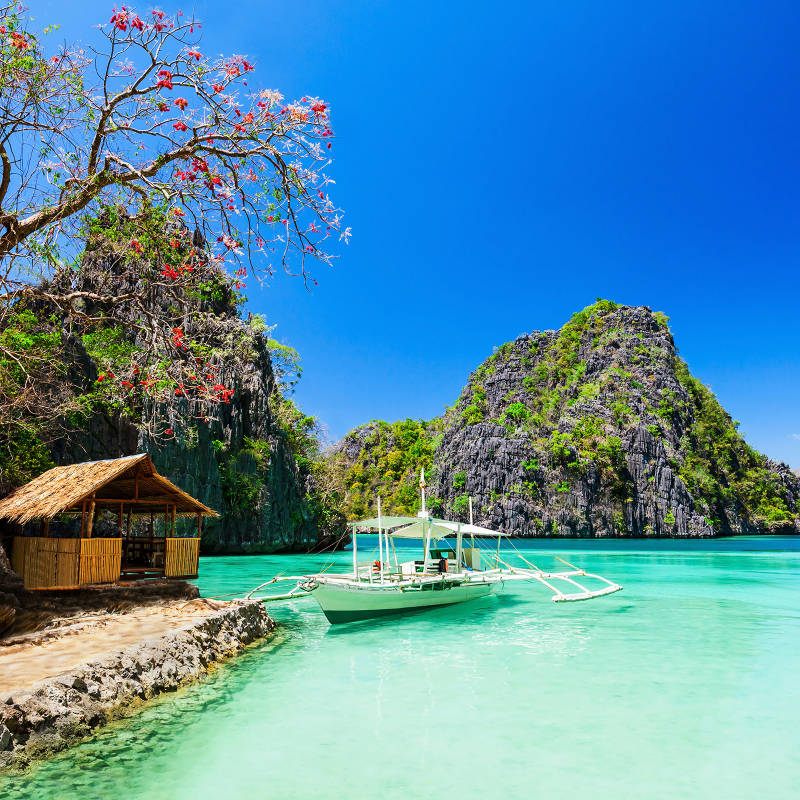
Magdalen Islands, Quebec, Canada | Photo Credit: Daisy Gilardini
Mass tourism and climate change have already damaged several exotic yet fragile destinations across the world. Unperturbed, some tourists and travel companies continue to promote doom tourism to the severe destinations, putting their future at even greater risk.
“I have been reading about destinations under threat in various news pieces but frankly never thought that when I will get a chance to visit my dream destination, Australia, I will ever think twice to not include the Great Barrier Reef. Three years back when I visited Australia, I made sure most of my time was spent to experience the Reef. I have to admit that I realised how the colours of the corals have changed. But I also heard the local divers expressing their concern that if too much control is imposed, tourist flow will reduce,” says Dr Shiladitya Moulik, a young doctor from Kolkata.
Dr Moulik is one of the many tourists keen to visit famous spots that are threatened by climate change or over-tourism. With the expansion of travel and tourism industry, destinations and travel companies are increasingly looking for offbeat and new destinations. And then there are some that proactively certain spots that have been threatened by climate change and are on the verge of destruction. The globe is full of famous spots that figure high on the endangered list, such as the Great Barrier Reef, Galapagos Islands, the polar regions and many more. They provide tour operators all over the world a golden opportunity to present their customers a unique selling point – ‘see it before it is gone’. And in a very sadistic manner, the greater the threat of survival to any place, the higher its rank on the ‘to-do’ list of many tour operators.
“It is not that today’s travellers are not aware of the threat. When they want to go to such places, they make a conscious decision to visit those destinations before they are gone. Now if I try to preach them too much about the vulnerability of that place, they will simply go to another tour operator or maybe just book online,” says Ejaz Solkar, the managing director of Misba Holidays, a Mumbai based tour operator.
Great Barrier Reef, Australia
The snow-capped peak of Mount Kilimanjaro, the highest mountain in Africa, may soon become flat as a research paper says that its ice cap will disappear entirely within 20 years, due to global warming. The Magdalen Islands, a Canadian archipelago in the Gulf of Saint Lawrence may disappear very soon, due to rising sea waters as a result of global warming.
Since exclusive experience sells the most, and ‘you never know if you will get to see this anymore’ sells like a hot cake, the ‘last chance tourism’ promotional tactics are used by one and all. Such threatened situations are stronger indicators that put these destinations on the ‘must-see’ lists titillating the adventure or experience seeking tourists more and more to witness the most endangered sites in the world, before they are gone. Strict restrictions like a complete ban on visitors imposed by Thailand and the Philippines last year on some of the extremely fragile ecosystems that had been threatened by mass tourism are perhaps the only way to save these destinations.
“Today people travel for experience, but also travel to score over others. We on the other side of the table are no exception to that. As a package seller, I find Barrier Reef extremely interesting and people are ready to pay a higher price to take the experience. If I don’t sell, my customer will go to another operator. You can’t stop doom tourism,” says Srijat Pandey, the founder of Pole to Pole, an experiential travel management company based out of New Delhi.
Boracay, The Philippines
A paper by researchers Reynald Lemelin and Jackie Dawson, states that driving this form of tourism is encouraged through media and consumerism “in order to give some phenomenological meaning to the tourists’ own social existence”. They say that “given this, it should also be taken into consideration that last-chance tourism may be more related to ego-tourism and has less to do with sustainable tourism.”
The Australian environmental activist group, Australian Conservation Foundation (ACF) says that the federal government must act on the climate emergency to preserve the iconic Great Barrier Reef. “Immediate national and international action is needed to cut climate pollution to levels that will maintain the ecological function of coral reef ecosystems,” said ACF CEO Kelly O’Shanassy. “If we are serious about wanting future generations to be able to appreciate coral reefs, we need to halt the climate pollution that is fuelling global warming and driving the mass coral bleaching that has plagued the Great Barrier Reef and other reefs in recent years,” she said.
While commenting on the challenges faced at the Galapagos Islands, the World Wildlife Fund (WWF) commented, “This pristine environment is a renowned tourism destination and has always been regarded as a prime site for academic research in the life and earth sciences. Because of its international fame, tourism industry is constantly growing, and it is the engine behind socioeconomic development in the islands. The increasing number of visitors supports a broad range of economic activities that ensure the employment of many residents of the Galapagos in, for example, the hotel, catering, and dive industries as well as on liveaboard cruises. These industries and livelihoods would be threatened by the degradation of the islands’ natural environments.”
However, complex the matter is, the trend remains unstoppable. The global sustainable and responsible tourism advocates try their means and ways but fail to achieve any concrete goal in most cases as local communities thrive on businesses generated on incoming tourists and start depending on the same and surrender themselves to the danger itself knowing the consequences better than anyone else. The short-sighted selfish approach of the outsiders in the form of tourists as well as greedy tour package sellers, government or private, nail the coffins and push the destinations to a point of no return.























